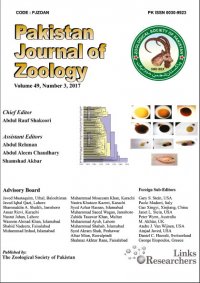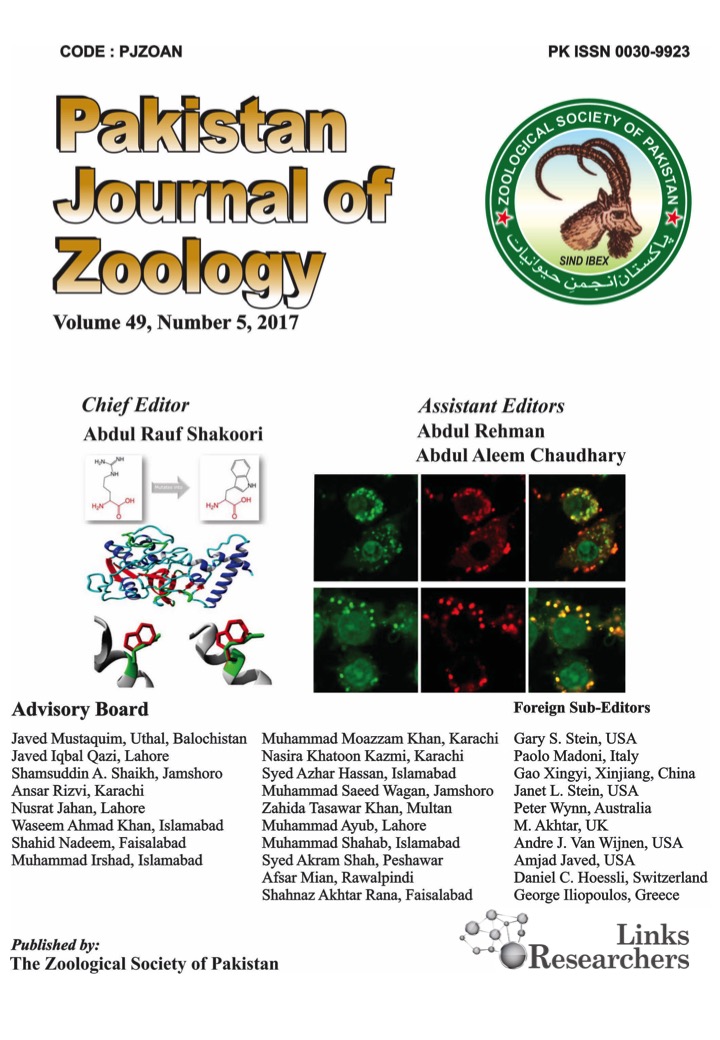Impact of Some Forage Species Derived from Egyptian Rangelands on Rumen Fluid Parameters and Methane Production: In Vitro
Impact of Some Forage Species Derived from Egyptian Rangelands on Rumen Fluid Parameters and Methane Production: In Vitro
Mohamed S. Abbas1*, Adel E.M. Mahmoud2, Hemat S. Mohamed3, Adam Cieślak4 and Małgorzata Szumacher-Strabel4
ABSTRACT
This study was aimed to assess the effect of dietary forge plants (grasses, legumes and forbs) contents and concentration on ruminal fermentation, pH, ammonia (NH3), total gas production (TGP), methane and volatile fatty acids (VFA) concentration. Twenty-six wild palatable forage plants were identified and analyzed for pH, NH3, TGP, methane and VFA. The results indicated that in grasses the highest pH and NH3 concentration was found in Aeluropus lagopoides, TGP in Ammophila arenaria and methane in Phragmites australis. In legumes the highest concentration of pH was found in Lygos raetum, NH3 and methane in Vicia sativa and TGP in Trigonella maritime. Whereas, in forbs the highest concentration of pH was found in Periploca angustifolia, NH3 in Anacyclus nummularia and TGP and methane in Anacyclus alexandrinex. From among grasses: Aegilops kotschyi had the highest value of acetic, propionic, VFA, APB (acetic, propionic, butyric) and A/P (acetic to propionic ratio) and Aeluropus lagopoides had the highest value of isobutyric, butyric, isovaleric and valeric. In legumes: Lotus polyphyllos had the highest value of acetic, propionic, butyric, walerianowy, total VFA and OPB (oil from among, propionic acid, and butyric acid). However, Vicia monantha had the highest value of isobutyric, isowaleriaowy and A/P. Whereas, forbs Anacyclus alexandrinex had the highest value of acetic, propionic, isobutyric, butyric, isowalerianowy, walerianowy, total VFA and OPB.
To share on other social networks, click on any share button. What are these?









